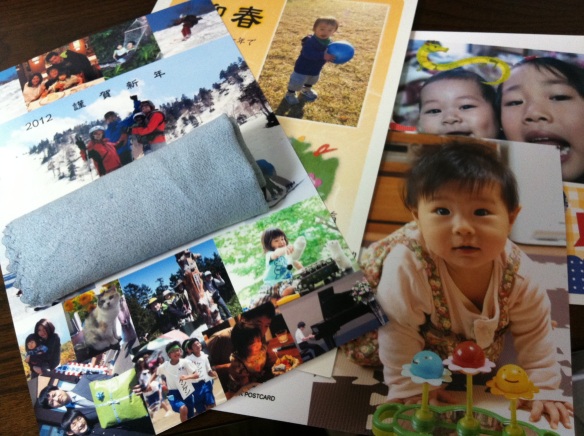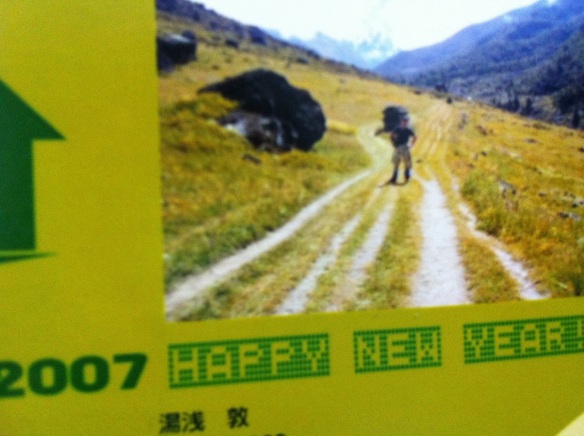I’m used to carrying my luggages in all my travels back when I was still single; heaving almost 40kg luggages down three flights of stairs. Having had lived alone in Manila, I was independent in that kind of thing. Having had the experience, I insisted yesterday morning that I carry my ~10kg luggage down the station stairs because I was really guilty that Atsushi carry my luggage as well since his luggage was already heavy.
I must have had the wrong bending or something in the two minutes that Atsushi allowed me to carry my luggage because come evening, my lower back sent a searing, racking pain that rendered me impossible to walk. With every movement comes a pain so incredible I was thinking my back must be breaking. 🙁
I was thinking of the work that was waiting for me and how I need to finish some outputs before the HAZOP sessions so I was really looking forward to today’s first day at work. But shoganai, I have to be absent from work as I can’t walk straight, much less not utter a cry of pain with every step.
Come 6pm, 24 hours after the first shot of pain, I was able to walk myself to the seitai place (Japanese physical therapy place), albeit slowly and looking like a duck waddling.
Hubs who has to be in the office called the seitai place in advance and instructed them of my condition and history so by the time I showed up, they ushered me immediately to the therapy bed.
I was able to sleep comfortably last night thanks to the kairo or the heating pad. What the therapist did though was put an ice pack on my back. Four spots were treated to some sort of electric massage – he tested my hand before he put the pads on my back and when he turned on the current, I felt the shock of the electric current.
After ten minutes or so of the ice pack and the electric current pads (which was scary I tell you), the therapist then proceeded to massaging my lower back. He must have realised the pain I was in while he was massaging my lower back in that his face showed the concern. And with the little Japanese I know, I understood what he said to the other therapist who put the ice pack on me – that I was in an intense pain. He tenderly told me “yukuri” or slowly, as he instructed me to change positions in the therapy bed. As he was prepping my back for the therapeutic massage, the preps massage reminded me of the massages mama used to give me when I was little. With the tears of pain, along came the tears of missing mama.
After the massage, they taped something on my back to help reduce the pain. And then they put this on me which I’ll be wearing for the next 3 days at least.

Yep, that’s my tummy in there.
I was planning to work overtime tomorrow to make up for the work I missed today. But apparently I can’t since I have to go back to seitai for follow up therapy.
Being only 31, having
this kind of discomfort certainly is embarrassing.
Anyways, take care of your body guys. Remember, health is wealth. 🙂
——-
One of my bosses/colleague commented in Facebook that I may have what in Japanese is known as gikkuri goshi. I researched a bit about this and found that you could have this either by lifting heavy things, lack of exercise, and had kept your body cold. I was guilty of all three things: lifted something heavy, NO exercise, and that it’s been days since I immersed my body in the bath tub and that we travelled the whole night – on a wintry night – in a bus.
On top of loosing weight, there’s another reason alright to enrol in a hot yoga class.
——
I said I walk like a duck waddling. Hubs said I walk like a penguin. Well, at least a penguin’s cuter. 😛
Oh. One thing to be thankful for. Despite being bedridden, it has been a productive day indeed. 🙂 🙂





















